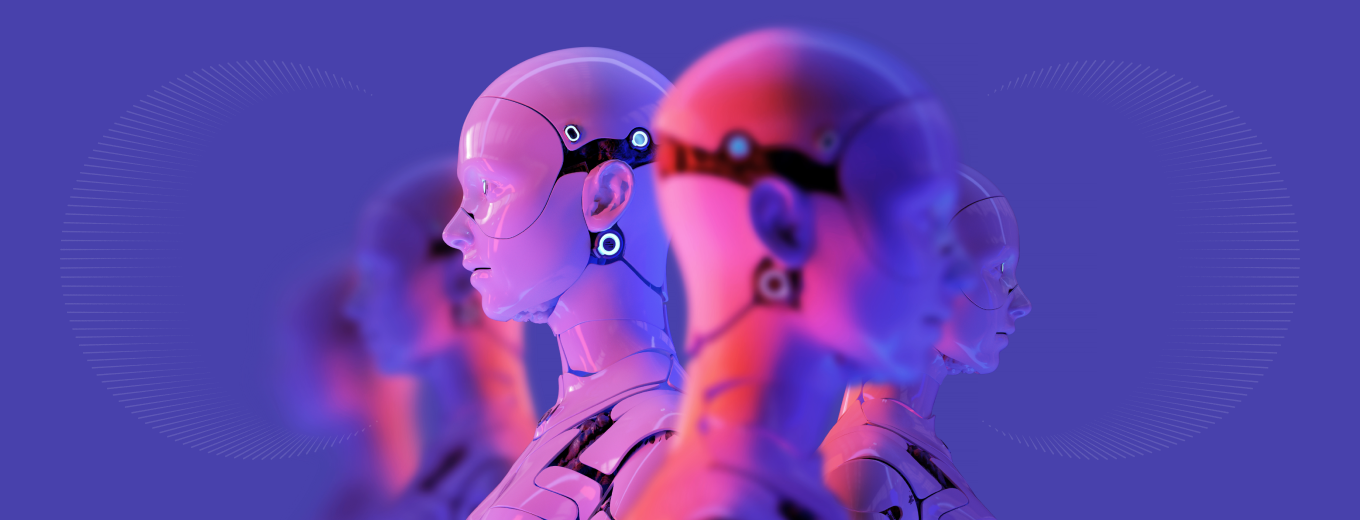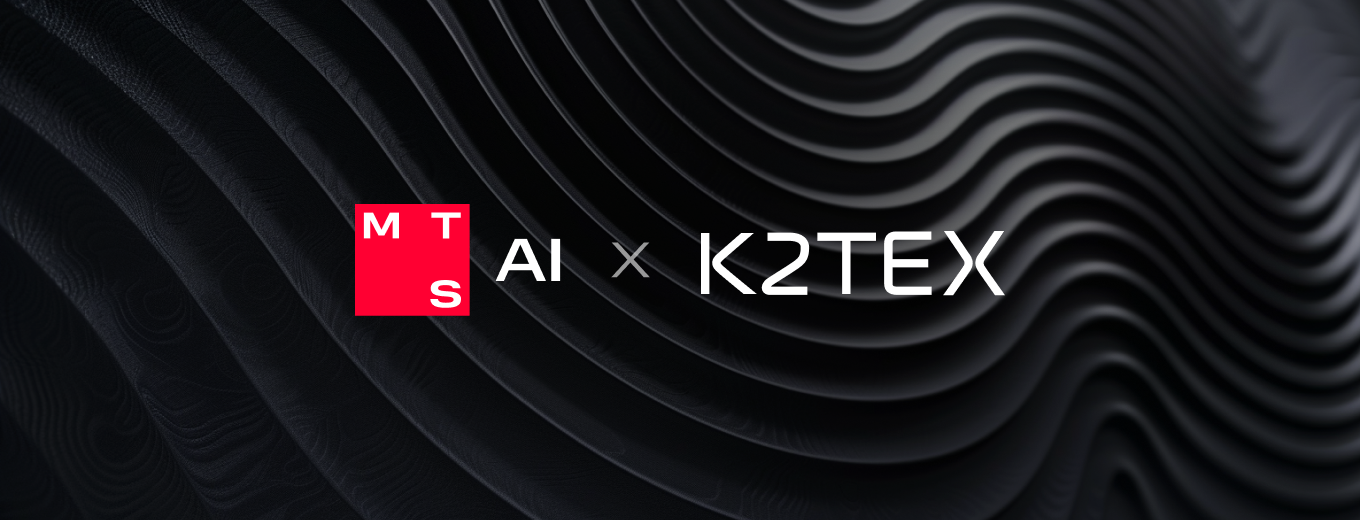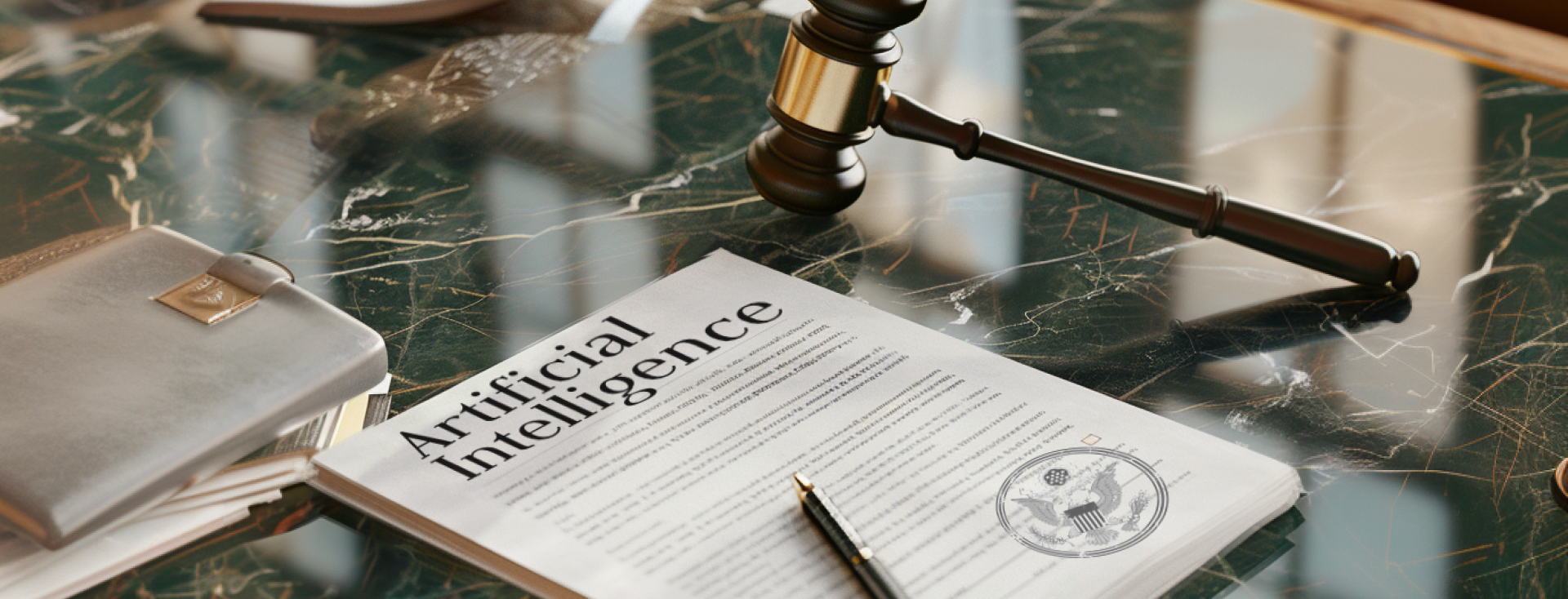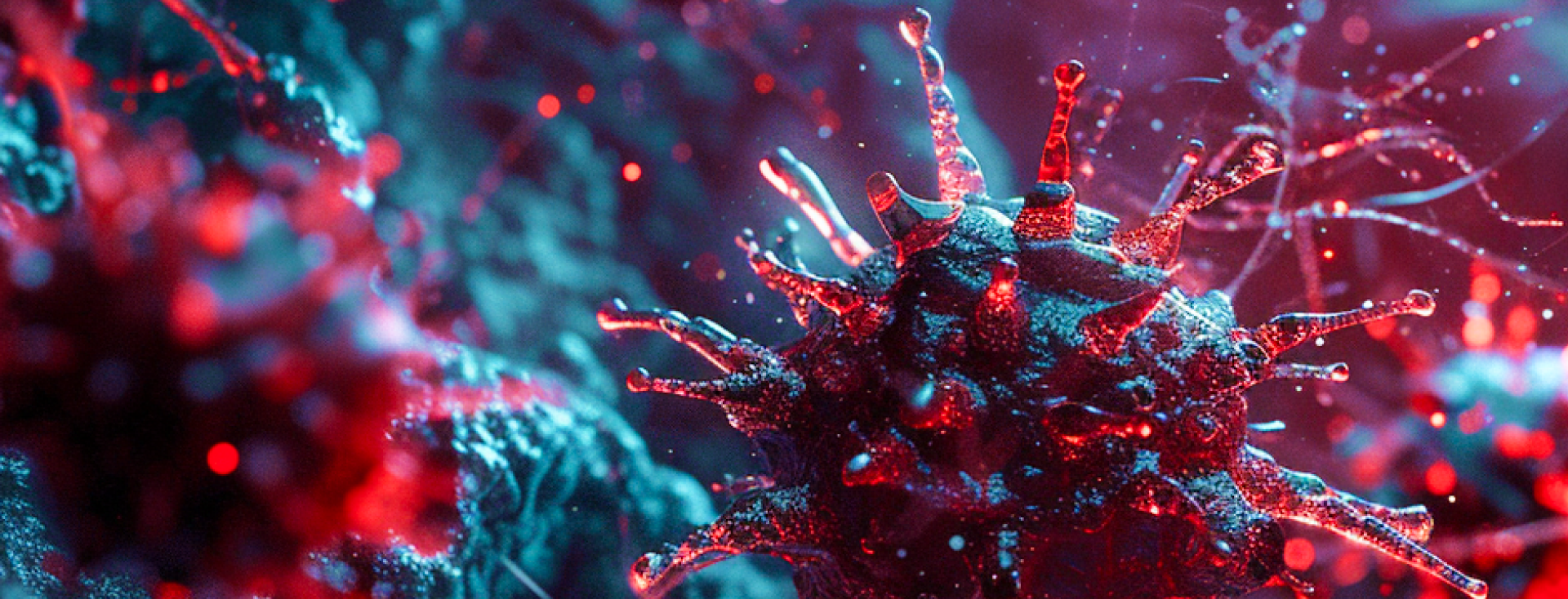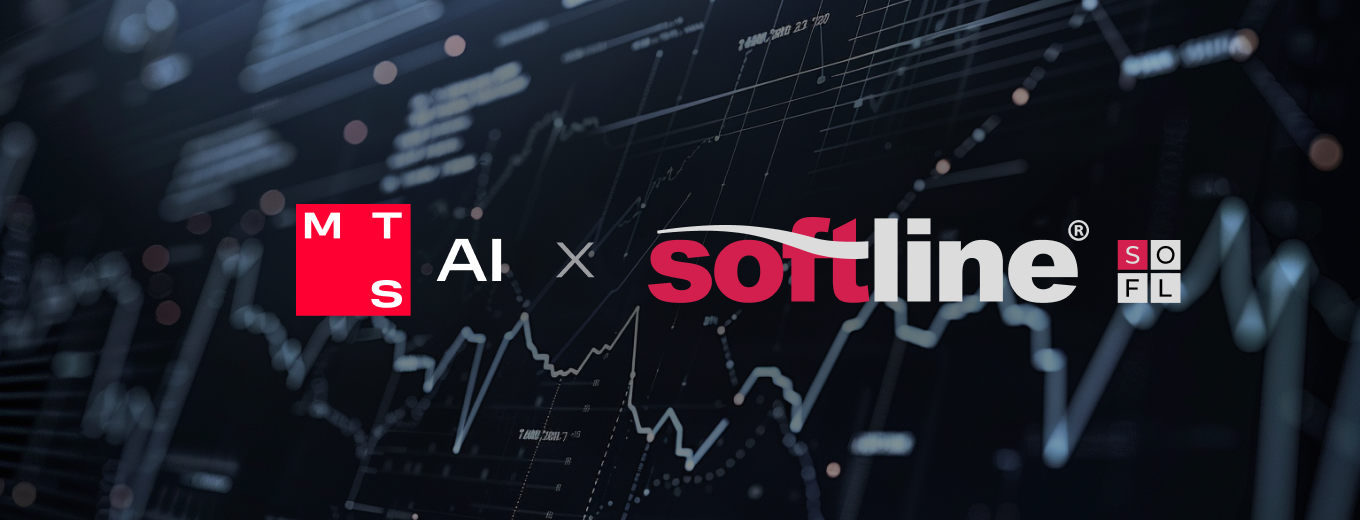The second issue of #InfocusAI digest is ready for you to read. You will learn how AI can help fight illegal animal trade in Australia, about an AI-powered app for teachers, and autonomous technologies to explore the deep ocean. Let’s go!
AI focused digest – News from the AI world
Issue 2, 15-29 September 2022
Australia presents AI-enabled solution to fight animal smuggling
Australian researchers have come up with an AI-enabled solution that can detect animals in luggage and mail to prevent their illegal import and export across the national border. This is a major problem for Australia that jeopardizes the country’s biodiversity and agriculture and presents risks for disease distribution, not to mention the detriments to animal health. To combat animal smuggling, a team of researchers has created a library with 3D images of known species of Australian reptiles, birds and fish using real-time tomography imaging. They further used this imagery database to train AI algorithms to recognize these animals during the scanning process – a technique to be used, for example, at airport luggage checkpoints and postal facilities. At the moment, the AI-solution offers up to 82% recognition accuracy, with false positive results not exceeding 1.6%. You can read article for more information.
AI app helps teachers conduct classes efficiently
American teachers are learning to use an app from the TeachFX startup that employs AI to analyze the efficiency of teaching methods. The application records classes and then tells teachers what they could have done better. For example, a teacher can use the app to learn if students had enough time to express their opinions in class, if the teacher used too many difficult terms to explain the subject, if the students had time to think over the questions asked, and whether they were asked enough open-ended questions. The application is distributed on a subscription basis and available to individual schools or entire counties. Still, the founder and CEO of TeachFX says it is primarily a tool to help teachers, and the company is doing a lot to prevent school administrators from using it as a “spy” tackle. This is the reason why personalized class reports are only made available to the teacher, while the school administration only has access to consolidated reports covering the entire educational institution. Read for more information.
Researchers try NLP to simplify medical texts
A team of researchers in natural language processing at the University of Pittsburgh the findings of experiments intended to make sophisticated and hard-to-grasp medical texts more comprehensible to people with no medical background. This is expected to improve health literacy and enable patients to control their health more effectively. Scientists trained and tested advanced neural machine translation (NMT) models on textual data from medical websites and a set of texts with already simplified grammar and terminology and concluded that the BiLSTM model performs better than BERT. In general, the study shows that even though the suggested models are able to correctly identify complex words and simplify them for non-professionals, they are still somewhat deficient when it comes to making sentences complete and readable, plus these models face trouble when translating some medical terms. Hence, there is still room for improvement.
US will design autonomous ocean scout robot
Leidos, a company based in the United States, the release of a new generation of autonomous underwater drones for ocean research that will also handle a broad spectrum of US Navy missions. They feature advanced AI, high-capacity lithium batteries and increased computing power on board. These new autonomous robots are expected to take ocean mapping, underwater life exploration and water pollution monitoring to a new level.
MIT engineers build autonomous wireless underwater video camera
Here is some more on the matter of ocean research. This week, engineers from MIT announced their new invention, an underwater video camera that runs with no wires or batteries. This device will be irreplaceable for projects that study the ocean (by the way, scientists say that 95% of the Earth’s oceans remain unexplored to this day) and monitor climate change. It is 100 thousand (!) times more energy-efficient than conventional underwater video cameras, can take color shots even in the dark, and will transmit data while underwater using the underwater backscattering technique. Read to learn about other technologies used in the new invention of MIT researchers.
